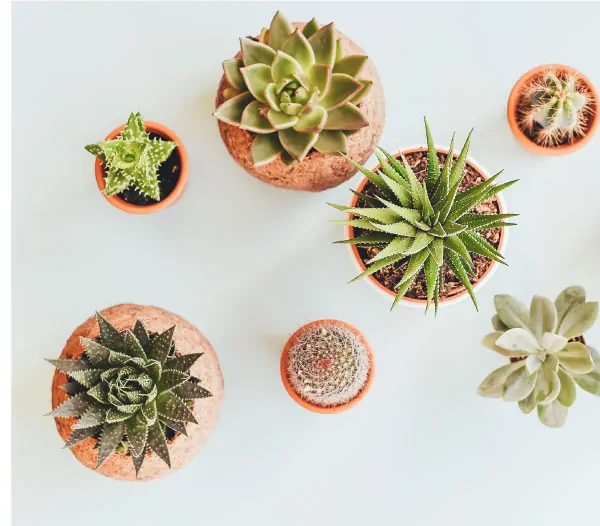Full-Sun Perennials (Zone 4, Under 18″)
1. Creeping Phlox (Phlox subulata)
Height: 4-6 inches
- Features: Forms a dense carpet of evergreen foliage, covered with vibrant flowers in pink, purple, or white in early spring. Excellent for rock gardens or as a ground cover.
- Growth Rate: Moderate
- Bloom Time: Early spring
- Pollinator-Friendly: Yes, attracts bees and butterflies
- Native Origin: Eastern United States (primarily Appalachian Mountains)
- Growing Zone Range: 3-9
2. Dianthus (Dianthus gratianopolitanus)
Height: 6-12 inches
- Features: Compact mounds of blue-green foliage with fragrant, pink to white blooms in late spring to summer. Prefers well-drained soils.
- Growth Rate: Moderate
- Bloom Time: Late spring to summer
- Pollinator-Friendly: Yes, attracts bees and butterflies
- Native Origin: Europe (including the Alps and surrounding regions)
- Growing Zone Range: 4-9
3. Armeria (Sea Thrift)
Height: 6-12 inches
- Features: Grass-like clumps of foliage topped with round pink, white, or purple flower heads in spring and summer. Tolerant of salty soils and excellent for edging.
- Growth Rate: Slow to moderate
- Bloom Time: Spring to summer
- Pollinator-Friendly: Yes, attracts bees
- Native Origin: Europe and North Africa (coastal regions)
- Growing Zone Range: 4-9
4. Sedum (Stonecrop, Low-Growing Varieties)
Height: 4-12 inches, depending on variety
- Features: Succulent foliage in green, red, or variegated tones with small star-shaped flowers in late summer. Thrives in dry, well-drained soils.
- Growth Rate: Moderate
- Bloom Time: Late summer
- Pollinator-Friendly: Yes, attracts bees, butterflies, and other pollinators
- Native Origin: Northern Hemisphere (including North America, Europe, and Asia)
- Growing Zone Range: 3-9
5. Rock Cress (Aubrieta deltoidea)
Height: 4-6 inches
- Features: Low-growing, mat-forming perennial with small purple, pink, or blue flowers in early spring. Ideal for rock gardens and sunny slopes.
- Growth Rate: Moderate to fast
- Bloom Time: Early spring
- Pollinator-Friendly: Yes, attracts bees
- Native Origin: Europe (Alps and Mediterranean regions)
- Growing Zone Range: 4-9
6. Short Coreopsis (Coreopsis auriculata ‘Nana’)
Height: 6-12 inches
- Features: Compact plant with bright yellow, daisy-like flowers in late spring to early summer. Tidy growth habit and excellent for pollinators.
- Growth Rate: Moderate
- Bloom Time: Late spring to early summer
- Pollinator-Friendly: Yes, excellent for bees and butterflies
- Native Origin: Eastern United States (particularly the Southeast)
- Growing Zone Range: 4-9
7. Creeping Jenny (Lysimachia nummularia ‘Aurea’)
Height: 2-4 inches
- Features: Vigorous ground cover with trailing stems of golden-yellow leaves and small yellow flowers in summer. Best for containers or controlled spaces.
- Growth Rate: Fast
- Bloom Time: Summer
- Pollinator-Friendly: No, not significant for pollinators
- Native Origin: Europe
- Growing Zone Range: 3-9
8. Eryngium (Eryngium planum, Dwarf Sea Holly)
Height: 12-18 inches
- Features: Steel-blue, spiky flowers and silvery foliage. Excellent for sunny, dry locations and loved by pollinators.
- Growth Rate: Slow
- Bloom Time: Summer
- Pollinator-Friendly: Yes, attracts bees and butterflies
- Native Origin: Europe and Central Asia
- Growing Zone Range: 4-9
9. Gentiana (Gentian)
Height: 4-12 inches
- Features: Striking blue trumpet-shaped flowers in late summer to fall. Prefers well-drained, acidic soils and is often used in alpine gardens.
- Growth Rate: Slow
- Bloom Time: Late summer to fall
- Pollinator-Friendly: No, not highly attractive to pollinators
- Native Origin: Europe, Asia, and North America (depending on species)
- Growing Zone Range: 4-8
10. Lewisia (Lewisia cotyledon)
Height: 4-6 inches
- Features: Rosettes of fleshy leaves with stunning flowers in shades of pink, orange, or yellow during spring and early summer. Prefers well-drained soil.
- Growth Rate: Slow to moderate
- Bloom Time: Spring to early summer
- Pollinator-Friendly: Yes, attracts bees
- Native Origin: Western United States (coastal regions, particularly Oregon and California)
- Growing Zone Range: 4-9
11. Short Iris (Iris pumila)
Height: 4-8 inches
- Features: Compact variety of iris with vibrant flowers in shades of purple, blue, or yellow in spring. Prefers full sun and well-drained soil.
- Growth Rate: Moderate
- Bloom Time: Spring
- Pollinator-Friendly: Yes, attracts bees
- Native Origin: Eastern Europe (including the Caucasus region)
- Growing Zone Range: 4-9
12. Sedum spurium (Creeping Stonecrop)
Height: 4-6 inches
- Features: Creeping succulent with red, green, or variegated foliage and small pink or white flowers in summer. Excellent for dry areas.
- Growth Rate: Moderate
- Bloom Time: Summer
- Pollinator-Friendly: Yes, attracts bees and butterflies
- Native Origin: Eastern Europe and Asia
- Growing Zone Range: 3-9
13. Anemone (Anemone blanda, Grecian Windflower)
Height: 6-12 inches
- Features: Dainty, daisy-like flowers in shades of blue, white, or pink in early spring. Prefers well-drained soil and works well in woodland settings.
- Growth Rate: Moderate
- Bloom Time: Early spring
- Pollinator-Friendly: Yes, attracts bees
- Native Origin: Southeastern Europe (Balkans region)
- Growing Zone Range: 4-8
14. Thymus (Creeping Thyme)
Height: 1-3 inches
- Features: Dense mat-forming herb with small, fragrant foliage and tiny purple or pink flowers in summer. Drought-tolerant and great between stepping stones. NOTE: may not do well in a park strip if your roads get salted in the winter
- Growth Rate: Moderate to fast
- Bloom Time: Summer
- Pollinator-Friendly: Yes, attracts bees and butterflies
- Native Origin: Europe (Mediterranean region)
- Growing Zone Range: 4-9
15. Bellis perennis (English Daisy)
Height: 4-6 inches
- Features: Rosettes of green leaves and cheerful daisy-like flowers in shades of white, pink, or red. Blooms in spring and early summer.
- Growth Rate: Moderate
- Bloom Time: Spring to early summer
- Pollinator-Friendly: No, limited attraction to pollinators
- Native Origin: Europe
- Growing Zone Range: 4-8
16. Mazus reptans (Creeping Blue Mazus)
Height: 2-4 inches
- Features: Ground-hugging perennial with small, blue-violet flowers in spring and summer. Ideal for moist but well-drained soils.
- Growth Rate: Moderate to fast
- Bloom Time: Spring to summer
- Pollinator-Friendly: No, minimal value for pollinators
- Native Origin: Asia (primarily Japan, Korea, and China)
- Growing Zone Range: 4-8
17. Scabiosa (Scabiosa columbaria, Pincushion Flower)
Height: 8-12 inches
- Features: Compact plant with soft, pincushion-like flowers in shades of pink, lavender, or white. Long-blooming from summer to fall.
- Growth Rate: Moderate
- Bloom Time: Summer to fall
- Pollinator-Friendly: Yes, attracts bees and butterflies
- Native Origin: Europe and Asia
- Growing Zone Range: 4-9
18. Alchemilla erythropoda (Dwarf Lady’s Mantle)
Height: 6-12 inches
- Features: Clusters of chartreuse flowers above scalloped, gray-green leaves in summer. Excellent for borders or containers.
- Growth Rate: Slow to moderate
- Bloom Time: Summer
- Pollinator-Friendly: No, not significant for pollinators
- Native Origin: Europe
- Growing Zone Range: 4-8
19. Globularia (Globularia cordifolia, Dwarf Globe Daisy)
Height: 4-6 inches
- Features: Low-growing perennial with round, blue flower clusters in late spring. Prefers dry, well-drained soil.
- Growth Rate: Slow
- Bloom Time: Late spring
- Pollinator-Friendly: Yes, attracts bees
- Native Origin: Europe
- Growing Zone Range: 4-8
20. Arenaria montana (Mountain Sandwort)
Height: 4-6 inches
- Features: Forms a dense mat of green foliage with white star-like flowers in late spring to early summer. Great for rock gardens.
- Growth Rate: Slow to moderate
- Bloom Time: Late spring to early summer
- Pollinator-Friendly: No, minimal value for pollinators
- Native Origin: Europe
- Growing Zone Range: 4-8
21. Short Veronica (Veronica prostrata, Creeping Speedwell)
Height: 4-6 inches
- Features: Low-growing plant with spikes of blue flowers in late spring to summer. Perfect for edging or ground cover.
- Growth Rate: Moderate
- Bloom Time: Late spring to summer
- Pollinator-Friendly: Yes, attracts bees and butterflies
- Native Origin: Europe
- Growing Zone Range: 4-9
22. Short Penstemon (Penstemon barbatus ‘Pinacolada’)
Height: 8-12 inches
- Features: Compact plant with tubular flowers in red, pink, or purple, attracting hummingbirds in summer.
- Growth Rate: Moderate
- Bloom Time: Summer
- Pollinator-Friendly: Yes, attracts bees, butterflies, and hummingbirds
- Native Origin: Southwestern United States (primarily Arizona, New Mexico, and Utah)
- Growing Zone Range: 4-9
23. Pulmonaria (Lungwort)
Height: 12-18 inches
- Features: Speckled leaves with pink, purple, or blue flowers in early spring. Prefers partial shade but tolerates sun with sufficient moisture.
- Growth Rate: Slow to moderate
- Bloom Time: Early spring
- Pollinator-Friendly: Yes, attracts bees
- Native Origin: Europe (primarily central and Eastern Europe)
- Growing Zone Range: 3-8
24. Pulsatilla (Pulsatilla vulgaris, Pasque Flower)
Height: 6-12 inches
- Features: Bell-shaped purple flowers with feathery seed heads in early spring. Fuzzy foliage adds texture.
- Growth Rate: Moderate
- Bloom Time: Early spring
- Pollinator-Friendly: Yes, attracts bees
- Native Origin: Europe (primarily Central Europe and the Balkans)
- Growing Zone Range: 3-8
25. Dwarf Aster (Aster alpinus)
Height: 6-12 inches
- Features: Daisy-like flowers in shades of pink, purple, or white in early summer. Compact and neat habit.
- Growth Rate: Moderate
- Bloom Time: Early summer
- Pollinator-Friendly: Yes, attracts bees and butterflies
- Native Origin: Europe and Central Asia
- Growing Zone Range: 4-8
26. Short Monarda (Monarda bradburiana)
Height: 12-18 inches
- Features: Pale pink to lavender blooms in late spring to summer. Compact habit with aromatic foliage.
- Growth Rate: Moderate
- Bloom Time: Late spring to summer
- Pollinator-Friendly: Yes, attracts bees, butterflies, and hummingbirds
- Native Origin: Eastern United States
- Growing Zone Range: 4-9
27. Euphorbia (Euphorbia myrsinites)
Height: 4-8 inches
- Features: Sprawling succulent-like foliage with yellow-green bracts in late spring. Tolerates dry, rocky soils.
- Growth Rate: Slow
- Bloom Time: Late spring
- Pollinator-Friendly: Yes, attracts bees
- Native Origin: Southern Europe and the Mediterranean region
- Growing Zone Range: 4-9
28. Dwarf Echinacea ‘Pixie Meadowbrite’ (Echinacea purpurea)
Height: 12-18 inches
- Features: Smaller coneflowers with vibrant purple-pink flowers.
- Growth Rate: Moderate to slow. It grows at a moderate pace but is slower than some other Echinacea varieties due to its compact size.
- Bloom Time: Mid-summer to early fall (typically June to September). The plant produces vibrant purple-pink flowers that last for several weeks
- Pollinator-Friendly: Yes, attracts bees and butterflies alike
- Native Origin: Native to North America, specifically the central and eastern regions of the United States. Echinacea purpurea is commonly found in prairies and open woodlands.
- Growing Zone Range: 4-9
Sunny Ground Covers and Edging Plants
These compact perennials are especially effective as ground covers or border plants in sunny areas:
- Creeping Phlox (Phlox subulata)
- Sedum spurium (Creeping Stonecrop)
- Creeping Thyme (Thymus serpyllum)
- Mazus reptans (Creeping Blue Mazus)
- Rock Cress (Aubrieta deltoidea)
Sun-Loving Highlights
- Pollinator Magnets: Short Monarda, Scabiosa, Short Penstemon, and Sea Thrift attract bees, butterflies, and hummingbirds.
- Drought-Tolerant Options: Sedum, Eryngium, Euphorbia, and Lewisia are ideal for sunny, well-drained locations.
- Spring Bloomers: Creeping Phlox, Pasque Flower, and Iris pumila bring vibrant early-season color.
- Summer Performers: Coreopsis, Scabiosa, and Dwarf Asters provide long-lasting summer blooms.
None of the plants in the above list are considered invasive when grown in Zone 4, provided they are planted in appropriate conditions and managed responsibly. However, some plants have a vigorous growth habit and might spread beyond their intended area if not properly maintained. Here’s a closer look at a few with such tendencies and how to manage them:
Plants with Vigorous Growth or Spreading Tendencies
- Creeping Jenny (Lysimachia nummularia ‘Aurea’)
- Growth Habit: This plant can spread quickly in favorable conditions. However, the cultivar ‘Aurea’ is less aggressive and easier to control.
- Control Tip: Plant in containers or use edging to restrict its spread.
- Creeping Phlox (Phlox subulata)
- Growth Habit: Spreads to form a dense mat, but it does not invade beyond garden boundaries.
- Control Tip: Trim back after blooming to manage size and prevent encroachment into undesired areas.
- Thymus (Creeping Thyme)
- Growth Habit: Slow-growing but forms a dense carpet over time.
- Control Tip: Monitor its spread and prune edges to keep it within bounds.
- Mazus reptans (Creeping Blue Mazus)
- Growth Habit: Vigorous but not invasive; can overtake neighboring plants if not monitored.
- Control Tip: Contain it in areas where its spreading habit is desirable, like between stepping stones.
- Sedum spurium (Creeping Stonecrop)
- Growth Habit: Spreads to form a ground cover but remains manageable.
- Control Tip: Divide clumps every few years to keep it confined.
- Euphorbia (Euphorbia myrsinites)
- Growth Habit: Self-seeds readily in sunny, dry conditions.
- Control Tip: Deadhead flowers before seeds form to prevent unwanted spread.
Best Practices to Prevent Spread
- Mulch and Barriers: Use mulch, rocks, or edging to define the growth area of vigorous plants.
- Deadheading: Remove spent flowers before seeds form to prevent self-seeding.
- Regular Maintenance: Prune, divide, or thin out plants as needed to maintain their size.
- Plant Selection: For a non-spreading alternative, choose clumping varieties (e.g., Short Coreopsis or Dwarf Asters) instead of creepers.
Truly Non-Invasive Options
If you want to ensure absolutely no spreading or encroachment, prioritize plants like:
- Short Coreopsis (Coreopsis auriculata ‘Nana’)
- Scabiosa (Scabiosa columbaria, Pincushion Flower)
- Lewisia (Lewisia cotyledon)
- Gentiana (Gentian)
- Short Iris (Iris pumila)
- Dwarf Aster (Aster alpinus)
These plants grow in neat, contained clumps and do not spread aggressively or self-seed excessively.
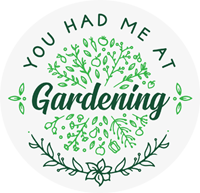
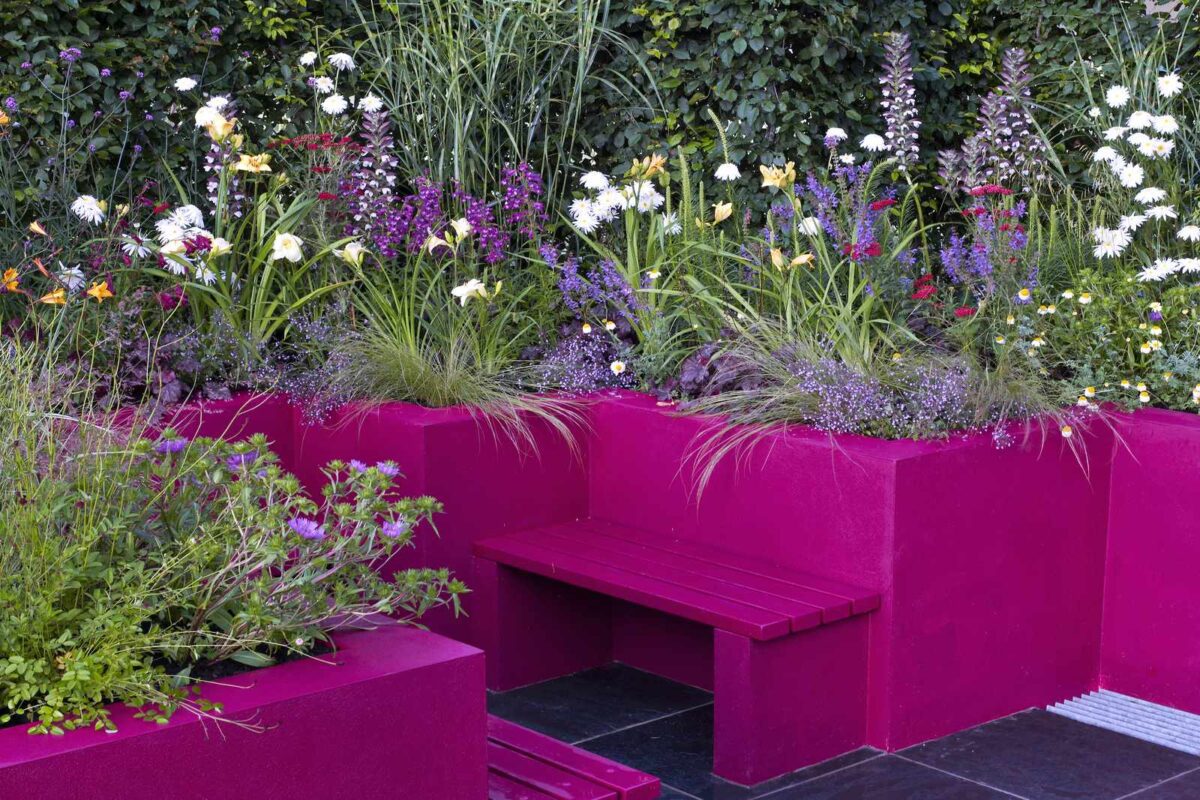
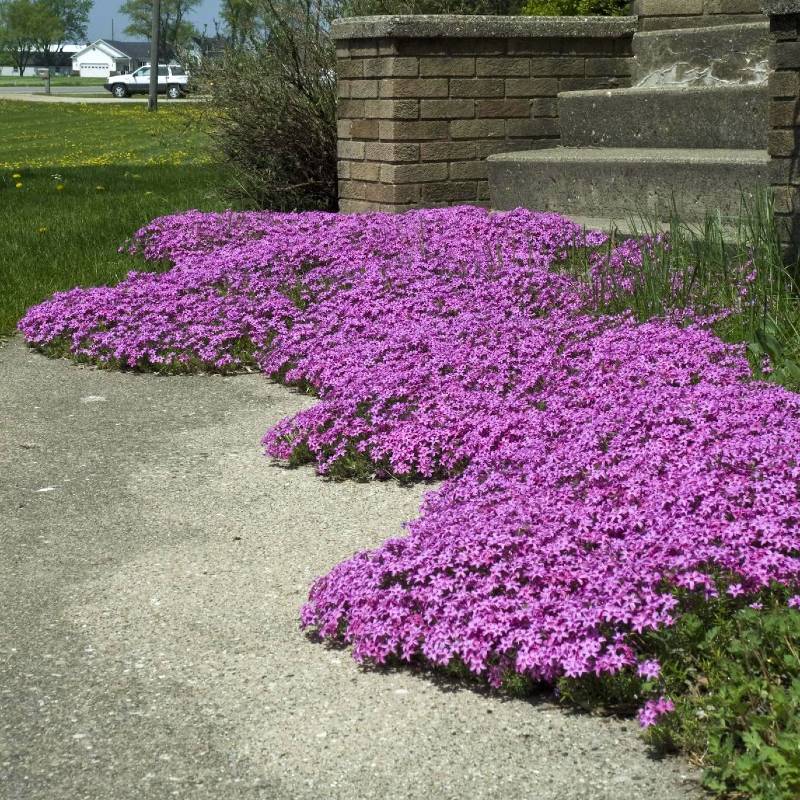 Height: 4-6 inches
Height: 4-6 inches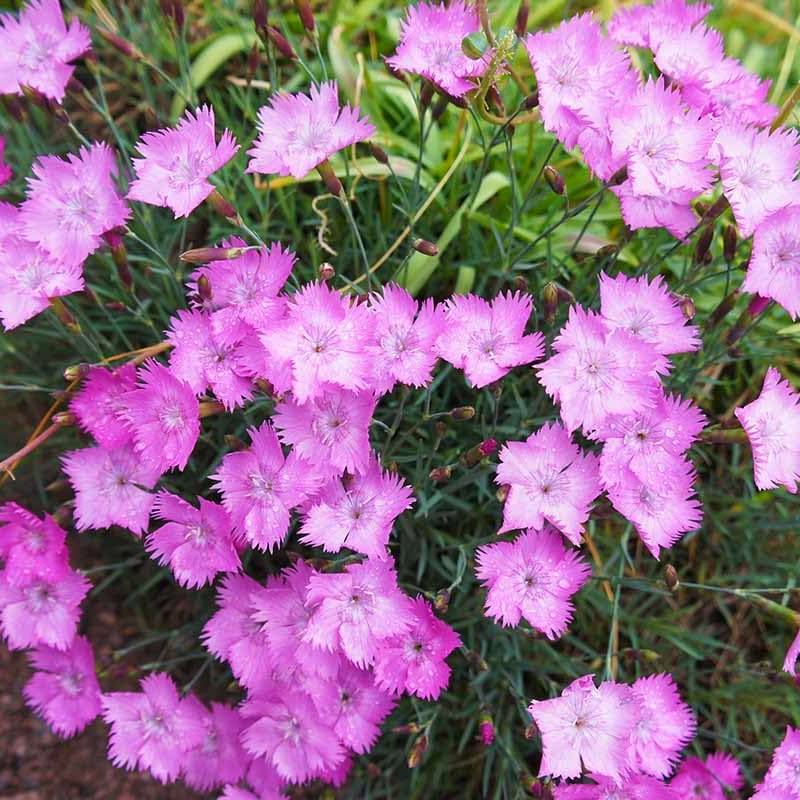 Height: 6-12 inches
Height: 6-12 inches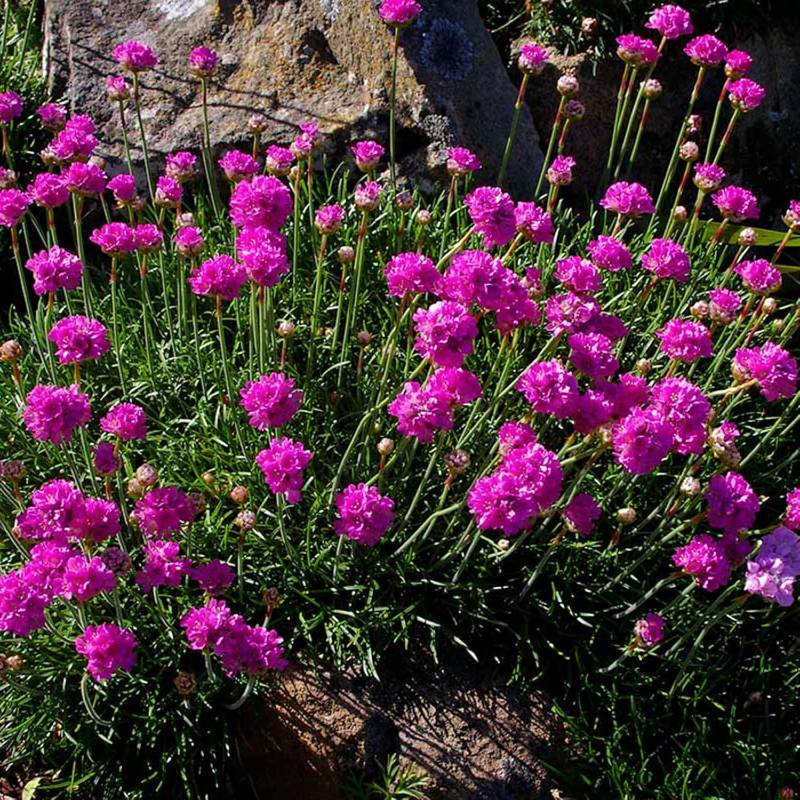 Height: 6-12 inches
Height: 6-12 inches Height: 4-12 inches, depending on variety
Height: 4-12 inches, depending on variety Height: 4-6 inches
Height: 4-6 inches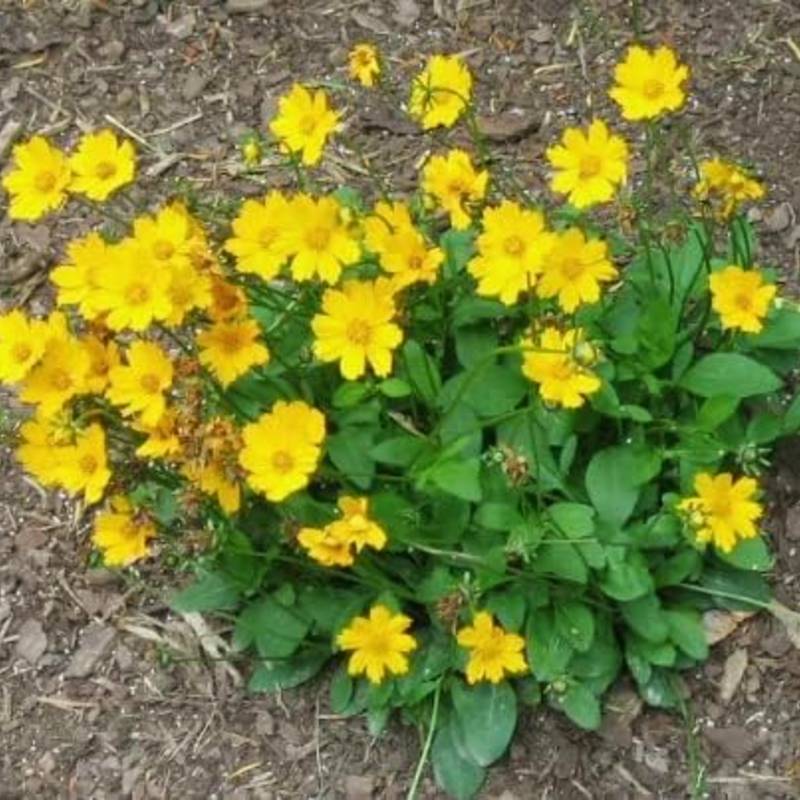 Height: 6-12 inches
Height: 6-12 inches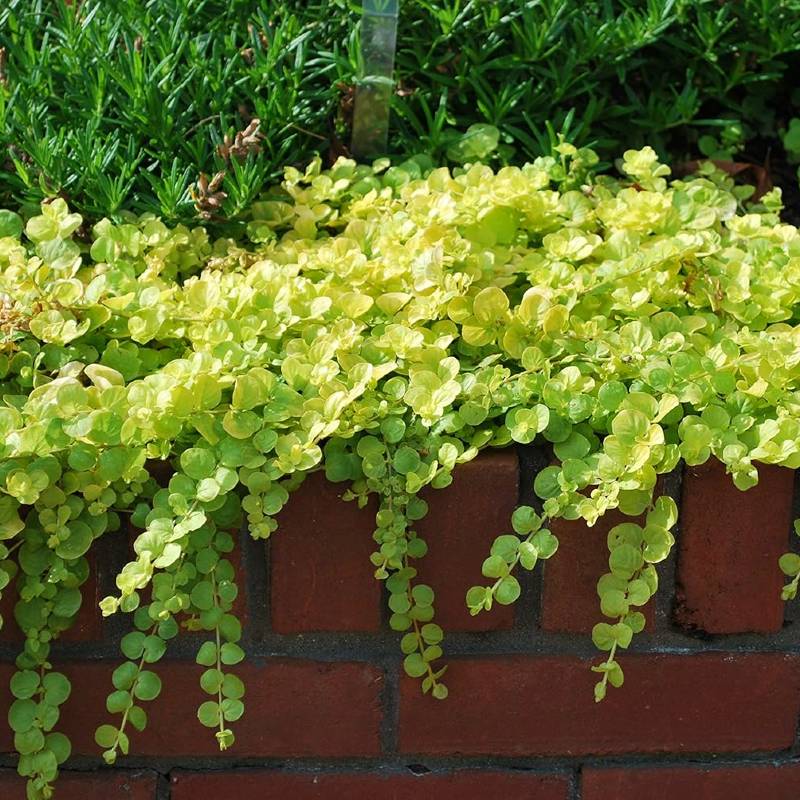 Height: 2-4 inches
Height: 2-4 inches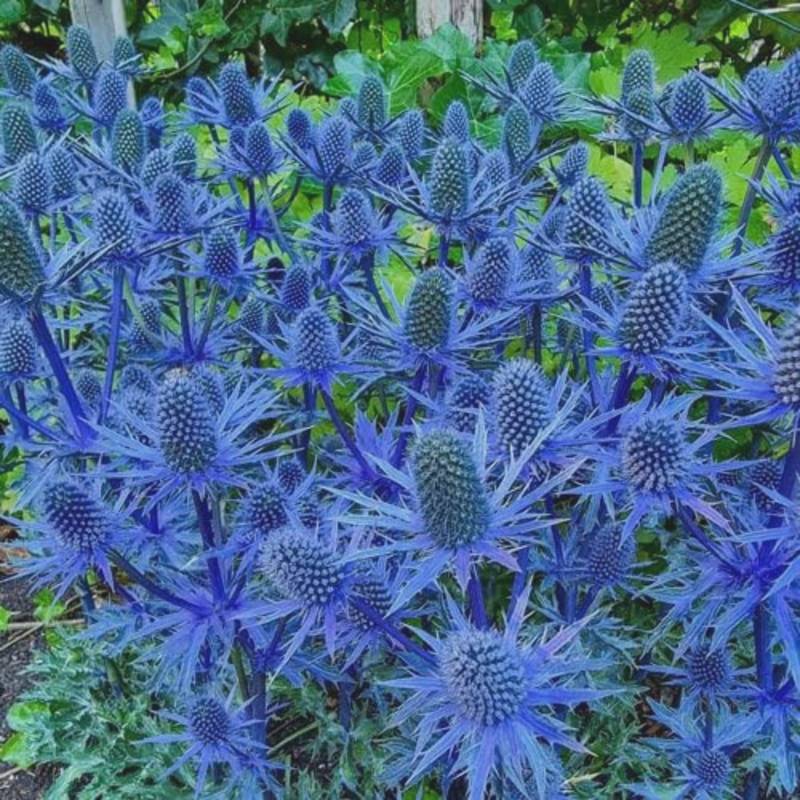 Height: 12-18 inches
Height: 12-18 inches Height: 4-12 inches
Height: 4-12 inches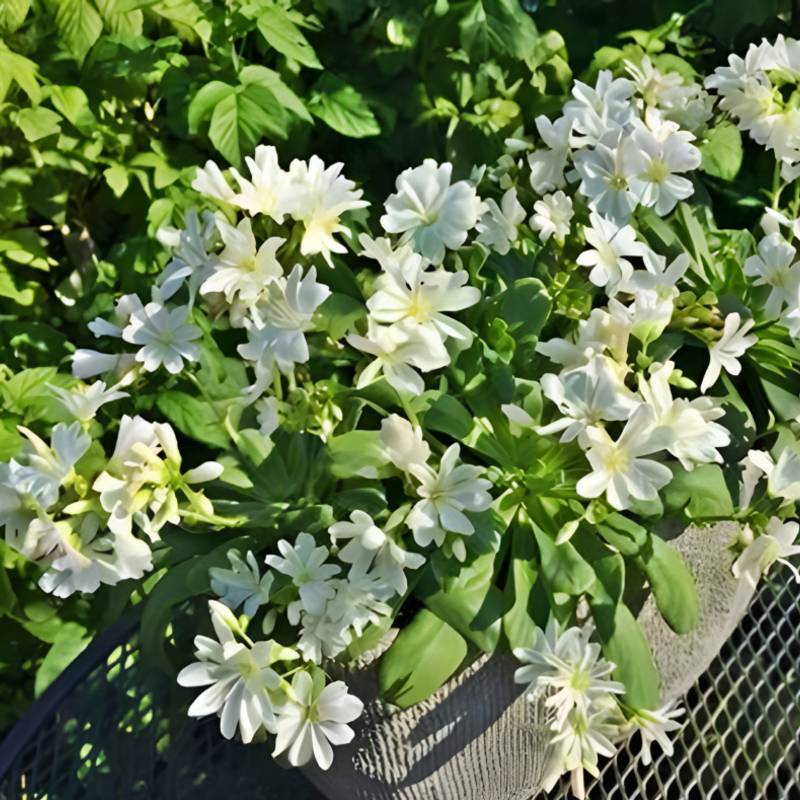 Height: 4-6 inches
Height: 4-6 inches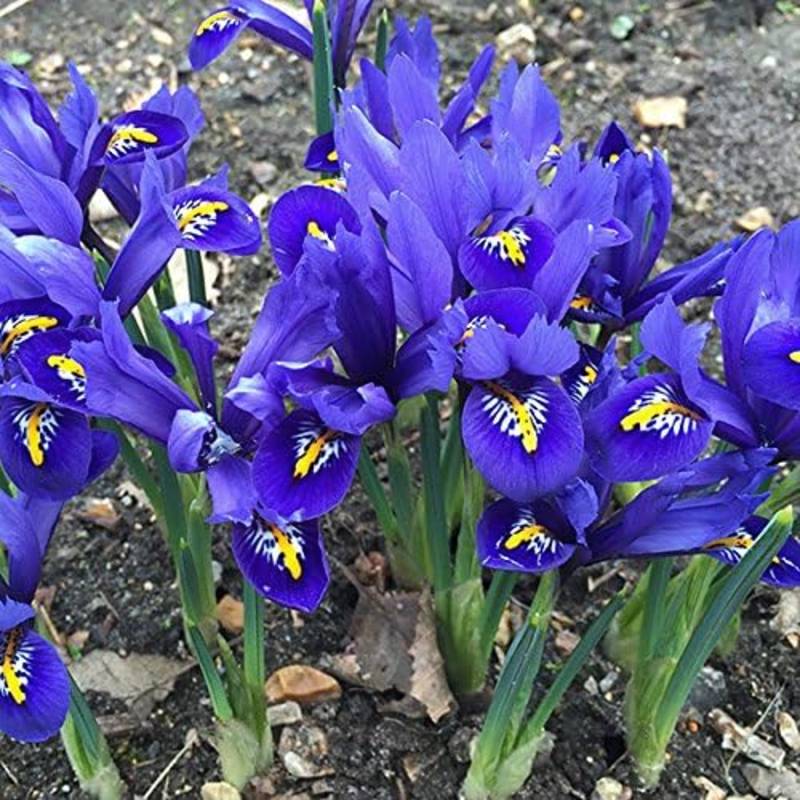 Height: 4-8 inches
Height: 4-8 inches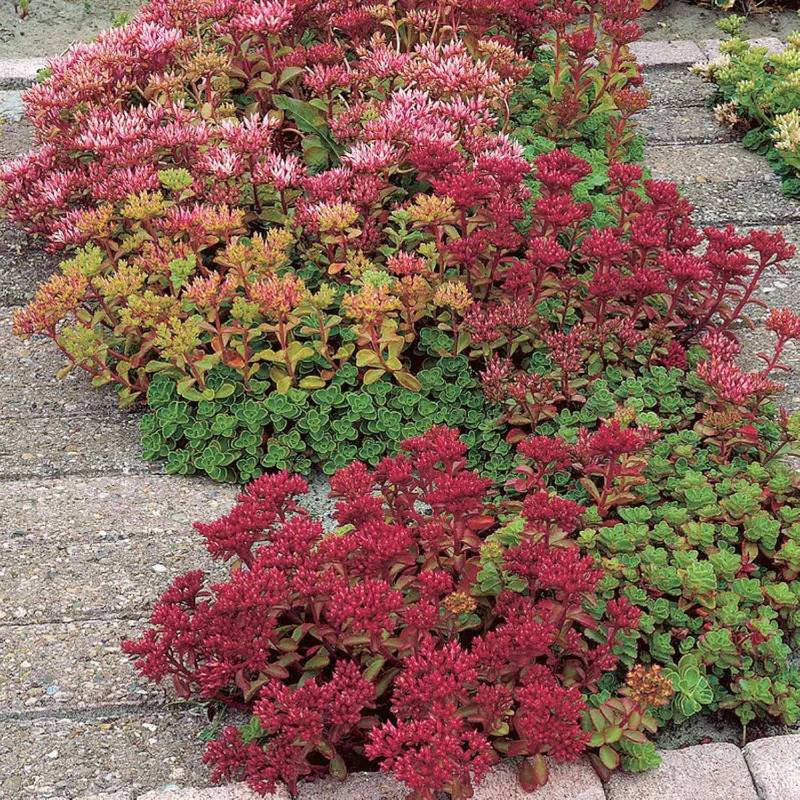 Height: 4-6 inches
Height: 4-6 inches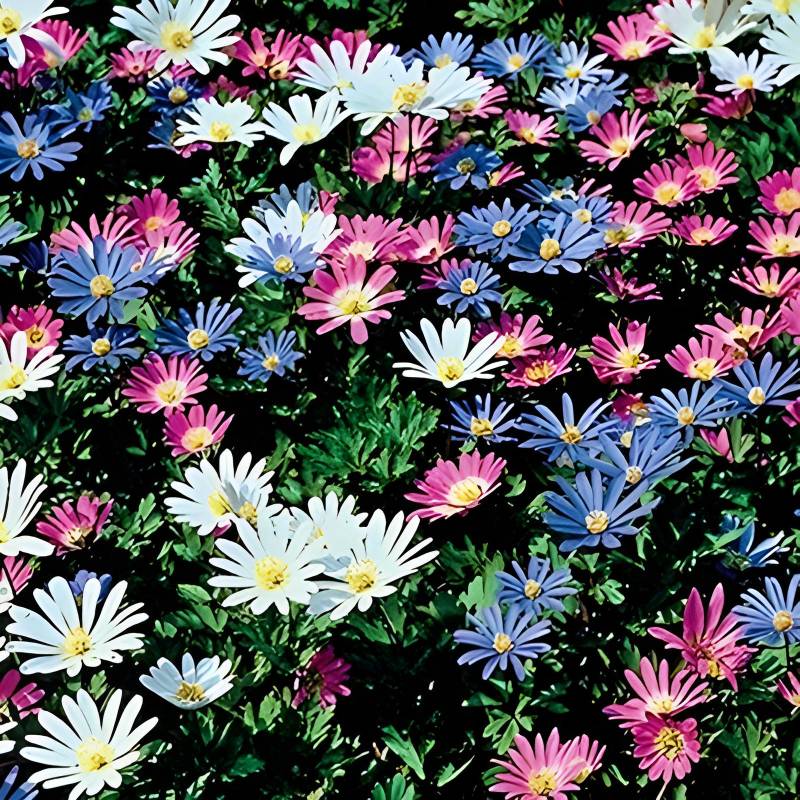 Height: 6-12 inches
Height: 6-12 inches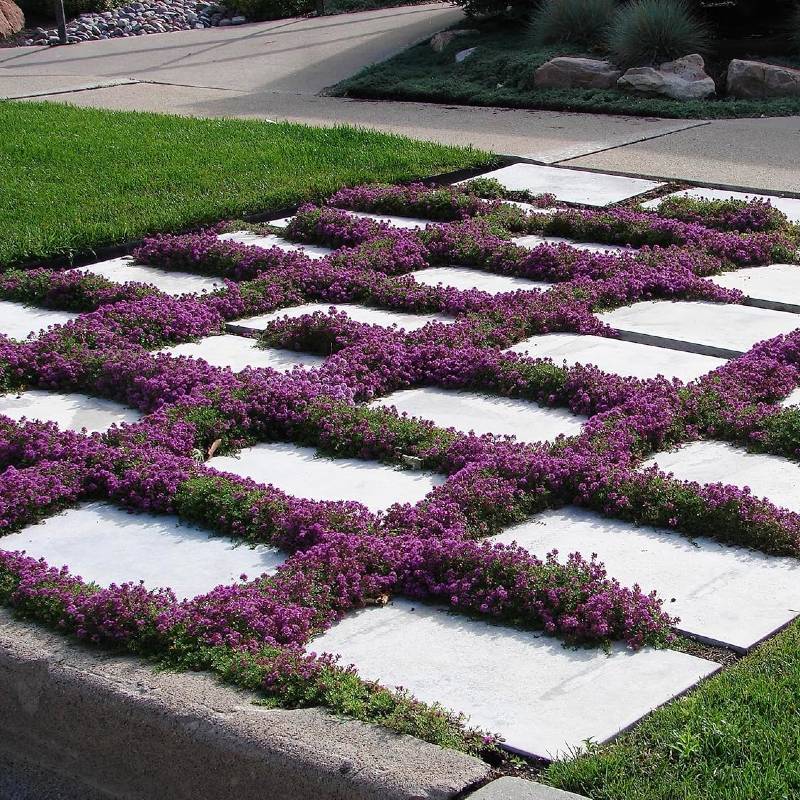 Height: 1-3 inches
Height: 1-3 inches Height: 4-6 inches
Height: 4-6 inches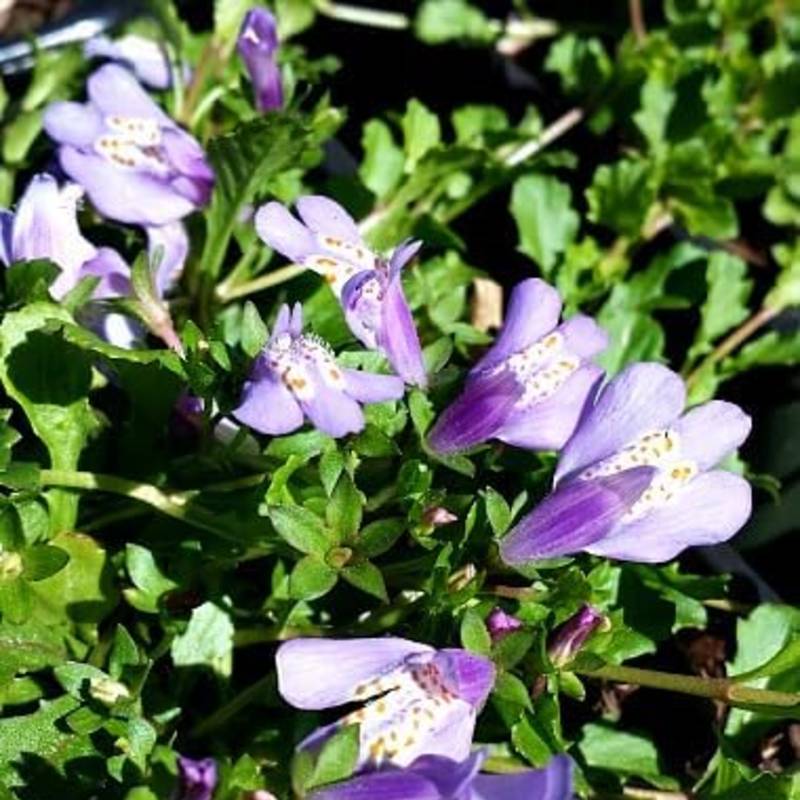 Height: 2-4 inches
Height: 2-4 inches Height: 8-12 inches
Height: 8-12 inches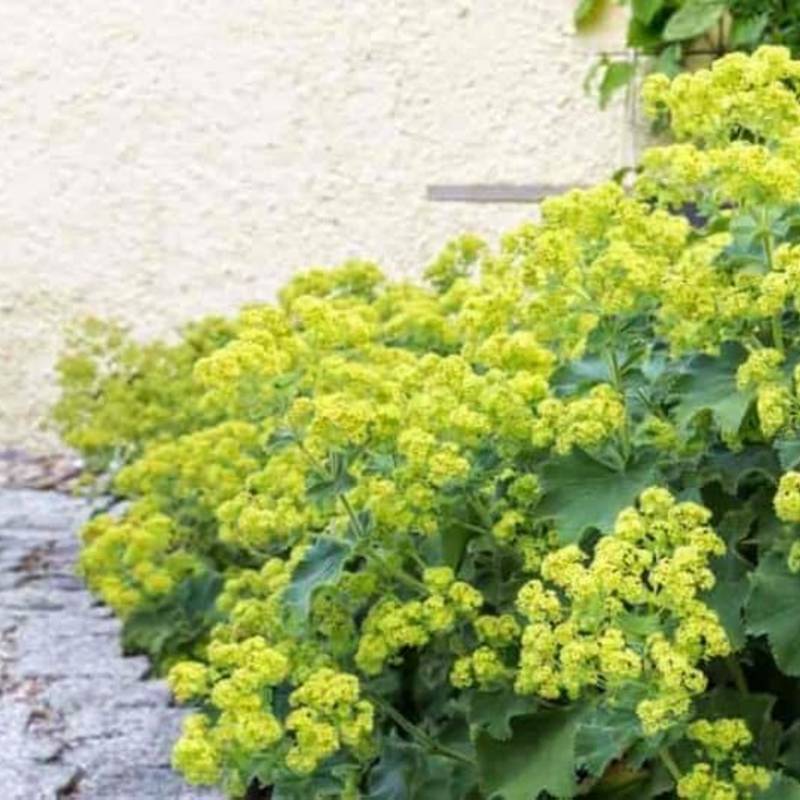 Height: 6-12 inches
Height: 6-12 inches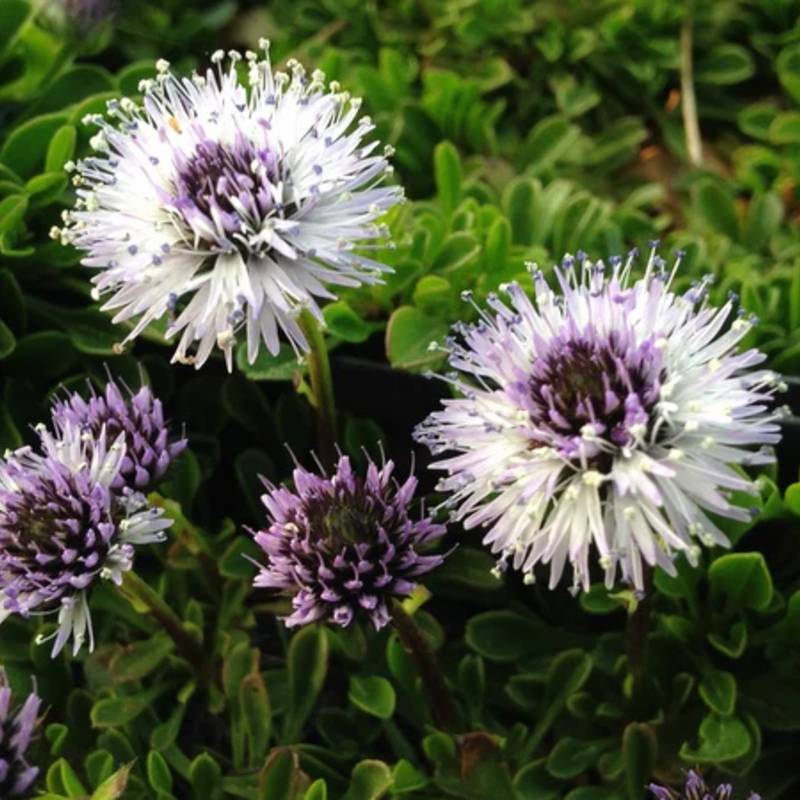 Height: 4-6 inches
Height: 4-6 inches Height: 4-6 inches
Height: 4-6 inches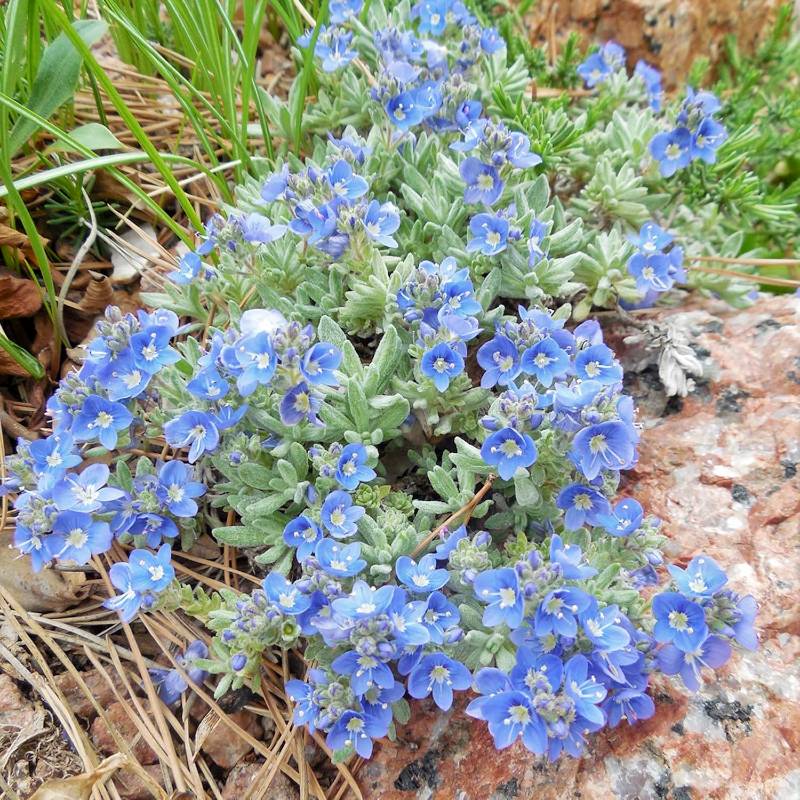 Height: 4-6 inches
Height: 4-6 inches Height: 8-12 inches
Height: 8-12 inches Height: 12-18 inches
Height: 12-18 inches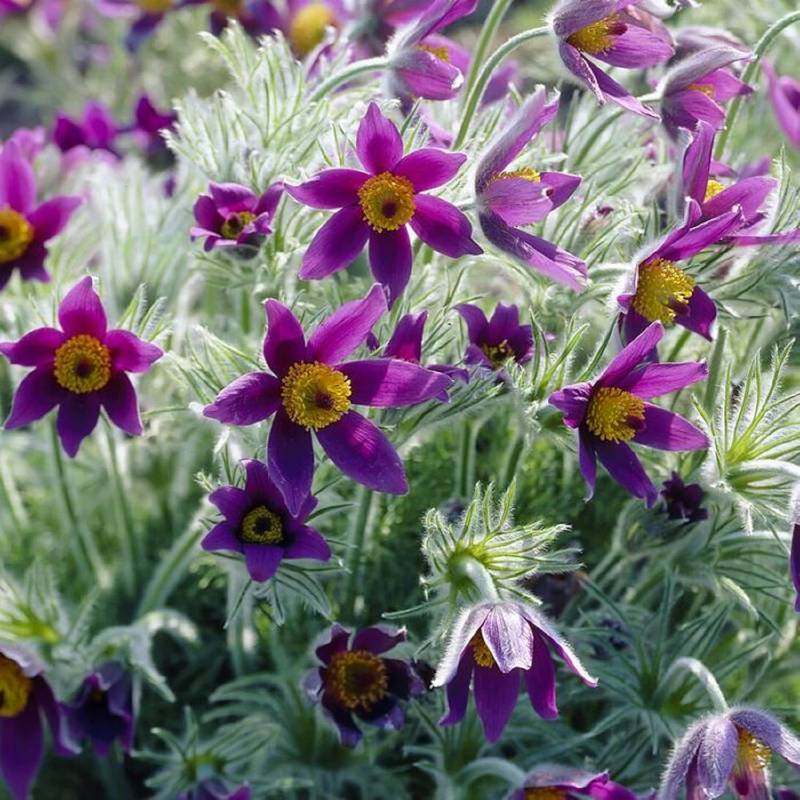 Height: 6-12 inches
Height: 6-12 inches Height: 6-12 inches
Height: 6-12 inches Height: 12-18 inches
Height: 12-18 inches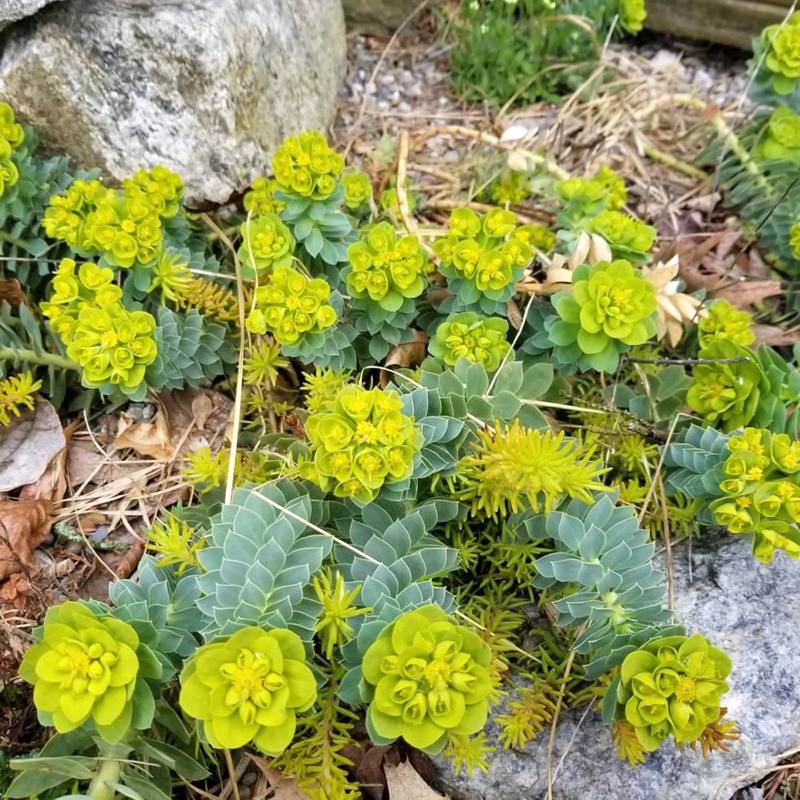 Height: 4-8 inches
Height: 4-8 inches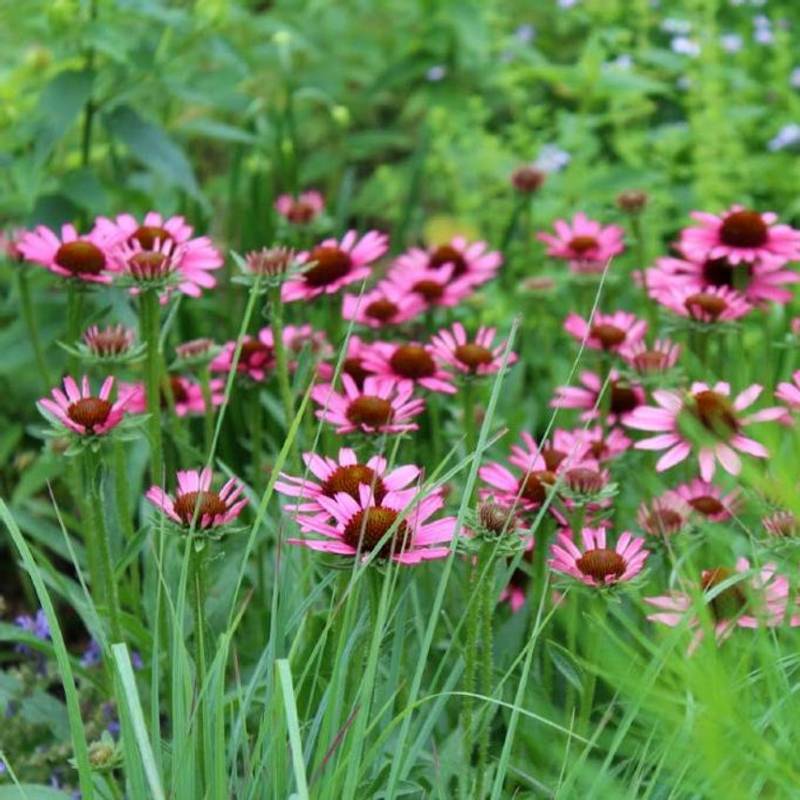 Height: 12-18 inches
Height: 12-18 inches

